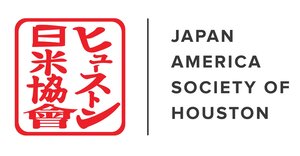Week 8 of our “Wagara Wednesday” series highlights the iconic seigaiha (青海波) pattern of layered concentric circles creating arches.
Throughout Japan’s design history, seigaiha has been used on maps, fabrics to ceramics.
According to JAANUS, the earliest known use of the motif dates back to a 6th century haniwa (埴輪) funerary clay figure that was excavated in Gunma prefecture. Beginning in the Heian Period, the pattern began to be used on mo (裳), a form of shirt worn with the twelve-layers juunihitoe (十二単) of kimono (着物). The Kamakura Period brought the pattern to Seto ceramic ware, or setoyaki (瀬戸焼), as well as to lacquerware.
As the name of the pattern literally means ‘blue sea and waves,’ seigaiha has come to symbolize tranquility. Waves in Japan are regarded as lucky omens, representing resilience, power and tactical strength.
Today, the seigaiha pattern is an expression of our desire for continued peaceful living and our hope that surges of good luck will come your way.

